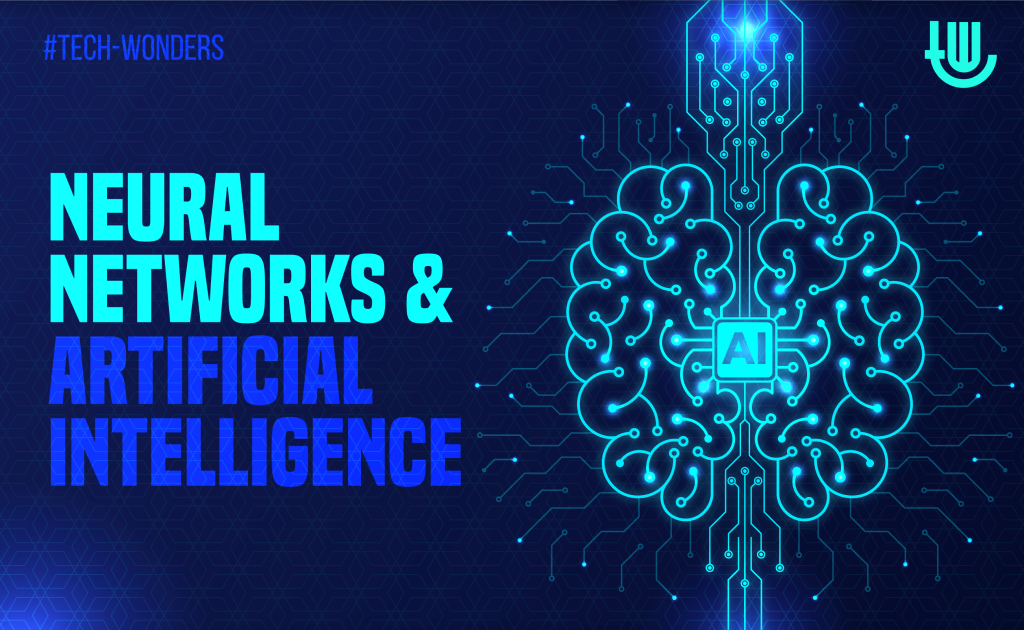Neural networks are the hot new topic which has quite a lot of people buzzing with the excitement of what they have to offer, while others who are new to it do more to understand how it works.
Neural networks are designed much like the human brain; working to identify and recognize pattern, neural networks help to cluster and classify the data you manage according to similarities they bear. They can also gather similar features in data and extract them to aid in another algorithm’s clustering and classification, and interpret sensory data using a form of machine intelligence that allows them perceive and label raw input. It is important to know that neural networks are used in education process as well, breaking boundaries in the teaching environment, allowing children work better from home, and providing teachers with the appropriate Interactive Worksheets for kids.
Deep learning is a term used for stacked neural networks, or networks made up of several layers. A node is the component which makes up the layers, and its job is to mix a set of coefficients with input derived from the data.
Once there is a basic understanding of neural networks, the next thing to understand is what problems classification and clustering of data can solve, and how it can help you.
Classification
Classification relies on labeled data; which requires humans transferring the knowledge they have into a dataset, so that the neural network can work with and understand the relationship between data and labels. This step can also be called supervised learning. During classification, the following things happen:
- Identify faces and people in pictures, and detect the expression on their faces; that is, happy, sad, angry, crying etc.
- Detect symbols and objects in images; that is, traffic signs, pedestrian walkways, etc.
- Identify gestures in a video.
- Transcribe text to speech, identify voices and speakers, and pick up emotions from voices.
- Identify emails marked as spam or fraudulent, and recognize customer feedback text containing some sentiment.
During classification, outcomes have labels which will be assigned to them; much like the spam label in a typical email, or the ‘happy’ and ‘unhappy’ labels in customer services. Humans can train a neural network with labels they generate, and outcomes they wish to see.
Clustering
Grouping or clustering occurs when similarities are detected between data. Labels are not needed to identify similarities in deep learning; this mode of learning is referred to as unsupervised learning. As a matter of fact, majority of the world’s data is unlabelled data, and unsupervised learning is more likely to produce accurate information.
- Searching and comparing images, sounds and documents to find similar items.
- Detecting similarities between an item and others, and detecting subsequent anomalies or unusual behavior.
Once similarities have been detected, the next step is to prevent things such as spam and fraud.
Predictive Analytics
Deep learning is able to establish relationships between things such as the name of a person and pixels in an image, through classification. Following this same working, deep learning can draw correlating factors between present events and future events, when provided with enough data. Deep learning does not specifically factor in time or date; neither does it consider that an event has not yet taken place. Deep learning may provide a mostly accurate prediction of the next number to occur when given a time series and a string of numbers to read.
The availability of data coming from multiple sources allows educators and parents plan learning materials according to their student’s needs, as well as access worksheets through the expert blog for parents, the app, or through the camera of their phones.
- Hardware breakdowns
- Likely health breakdowns; for example, heart problems, strokes, or seizures, based on data and health statistics provided.
- Predicting the customer turnover; which customers are likely to come back and which are likely to leave, working with metadata and web activity.
- Employee turnover; same explanation as the customer turnover.
Neural Networks and Artificial Intelligence

Neural networks are considered as more or less a cousin to Artificial Intelligence. However, some have opined that the two could not be any more different; since neural networks begin with no intelligence at all, and only work with the data they are fed. This, of course, does not take away from neural network’s effectiveness, they simply work their way through data provided until they arrive at an accurate model.
Neural networks are useful on their own when working as function approximators among other things, but working with Artificial Intelligence will allow them perform more complex tasks and acquire a more general intelligence.
Once we have predictions down to the most likely results, we have higher chances of preventing disasters. Neural networks increase our chances of a future with fewer surprises and more accurate predictions.